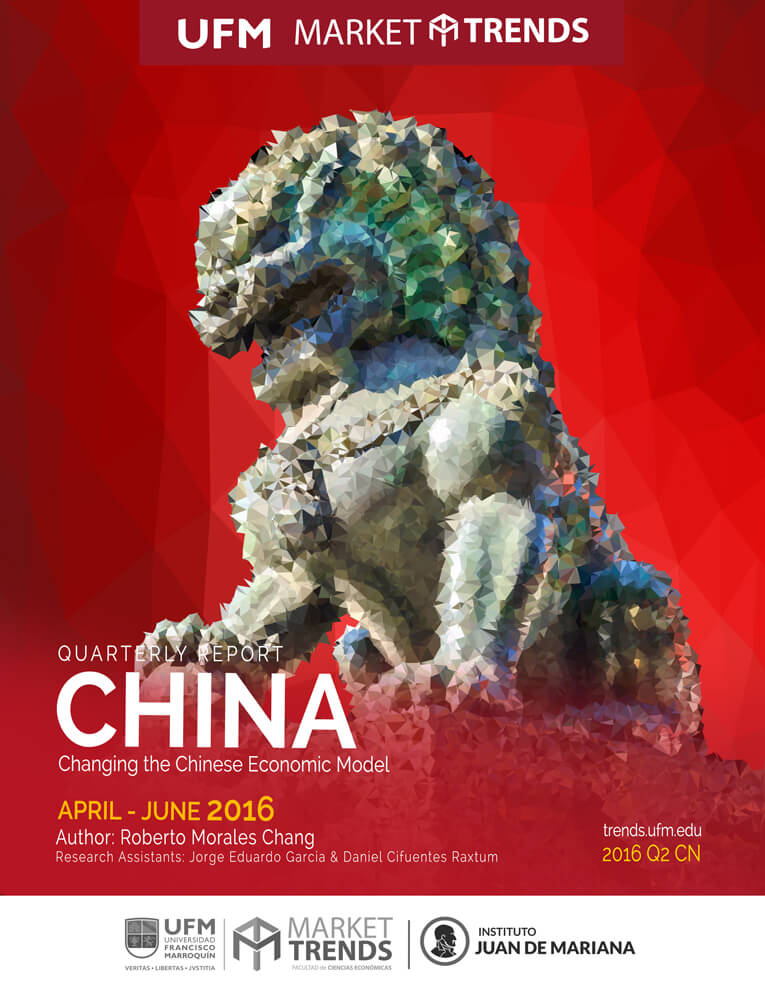GDP growth in the second quarter of 2016 was 6.7% (monthly annual growth). Despite a decline in recent years, it remains stable. Although properties have lost value in recent years, spending has been on the rise and has compensated for the loss of value.
GDP growth in the second quarter of 2016 was 6.7% (monthly annual growth). Despite a decline in recent years, it remains stable.
Although properties have lost value in recent years, spending has been on the rise and has compensated for the loss of value. Property purchases struggled in 2014, but as commodity prices have fallen purchases have rebounded. Construction had also slowed down and rebounded in the last quarter.
Consumption is growing in China, becoming the largest component of GDP. Since 2014, it has stabilized at an annual growth rate of around 10%.
Growth in M1 has been greater than M2 since mid-2015 because of a monetary policy adjustment by the People’s Bank of China.
China conducted two evaluations in 2015. The exchange rate had a relapse in early 2016 but recovered since May.
Gold reserves have been increasing since mid-2015, providing support and confidence in the value of the yuan.
Foreign exchange reserves have been declining, despite a positive balance of payments.



